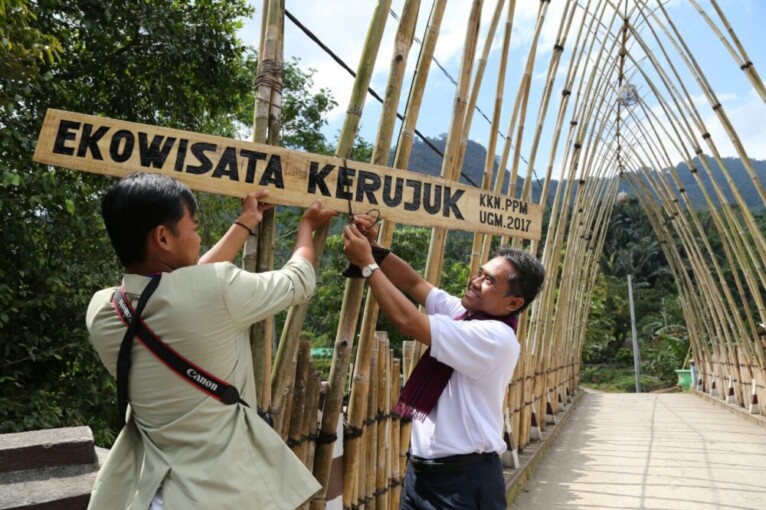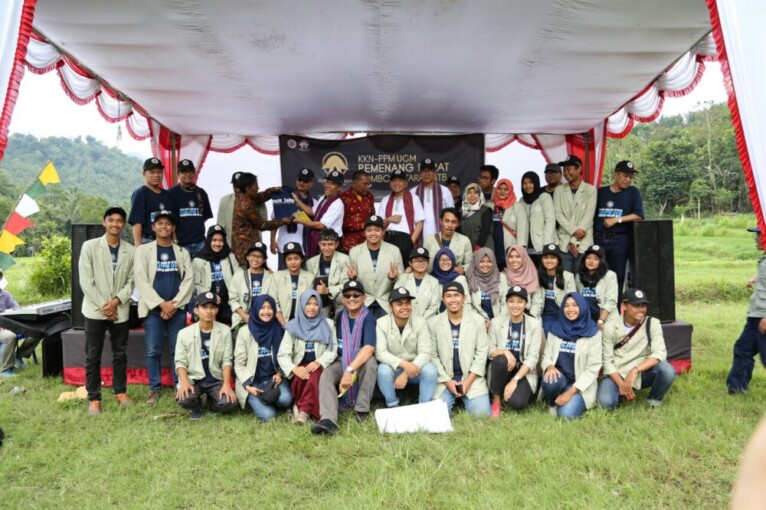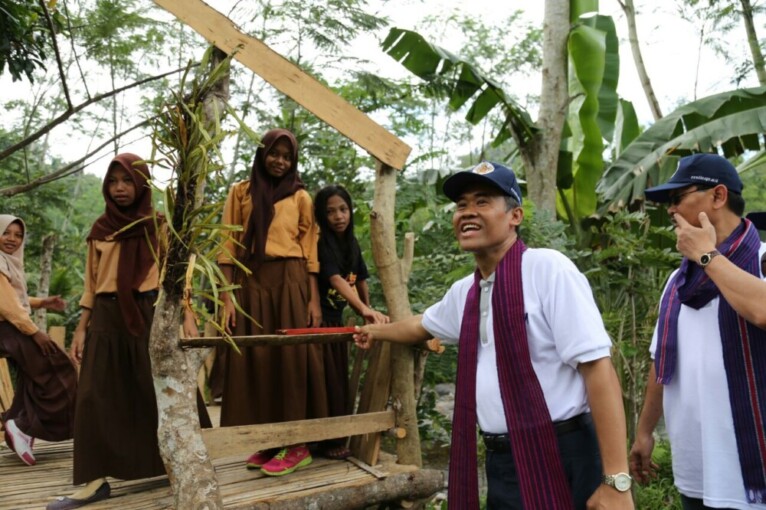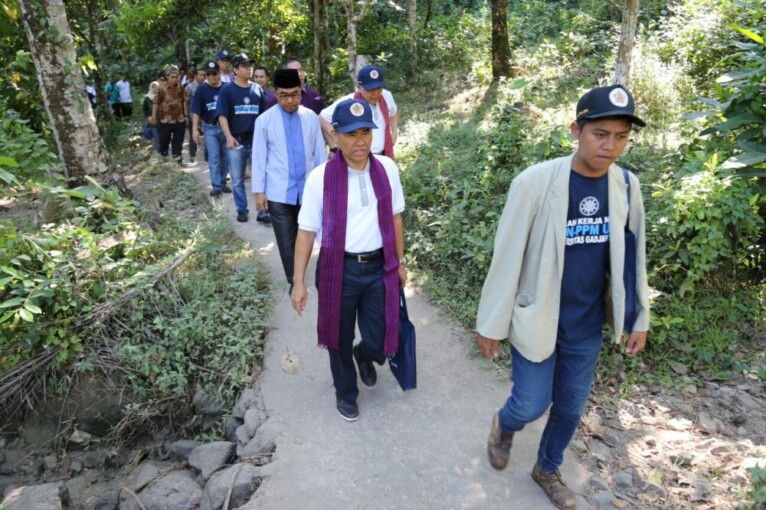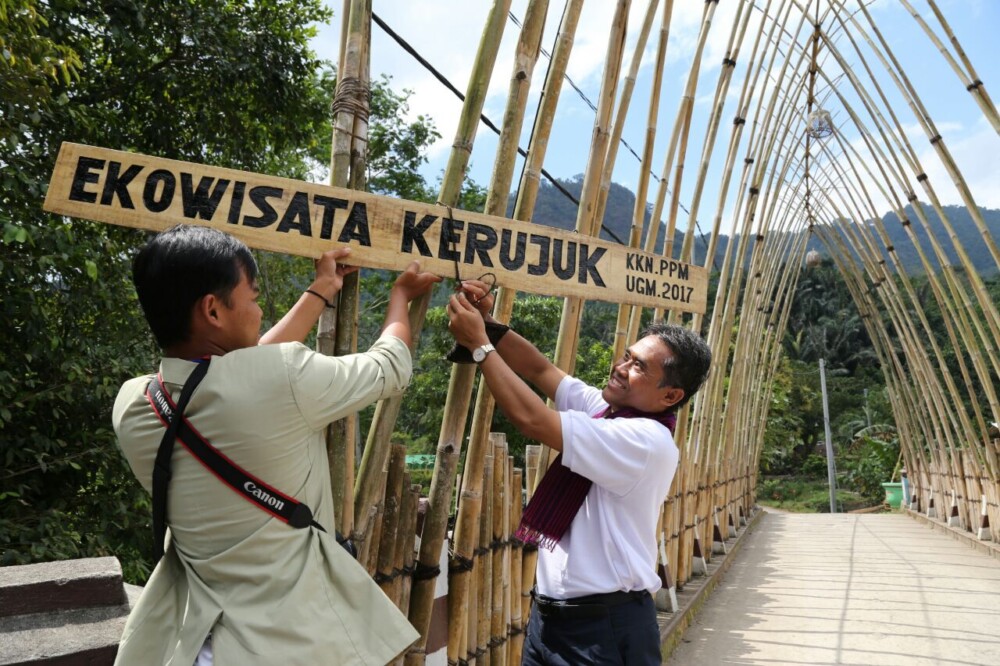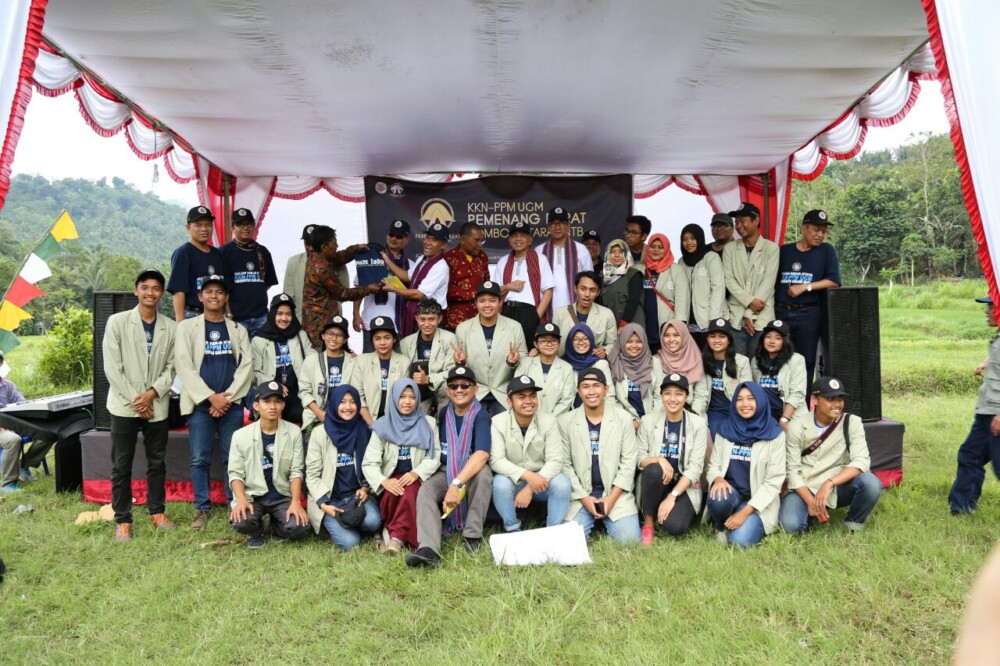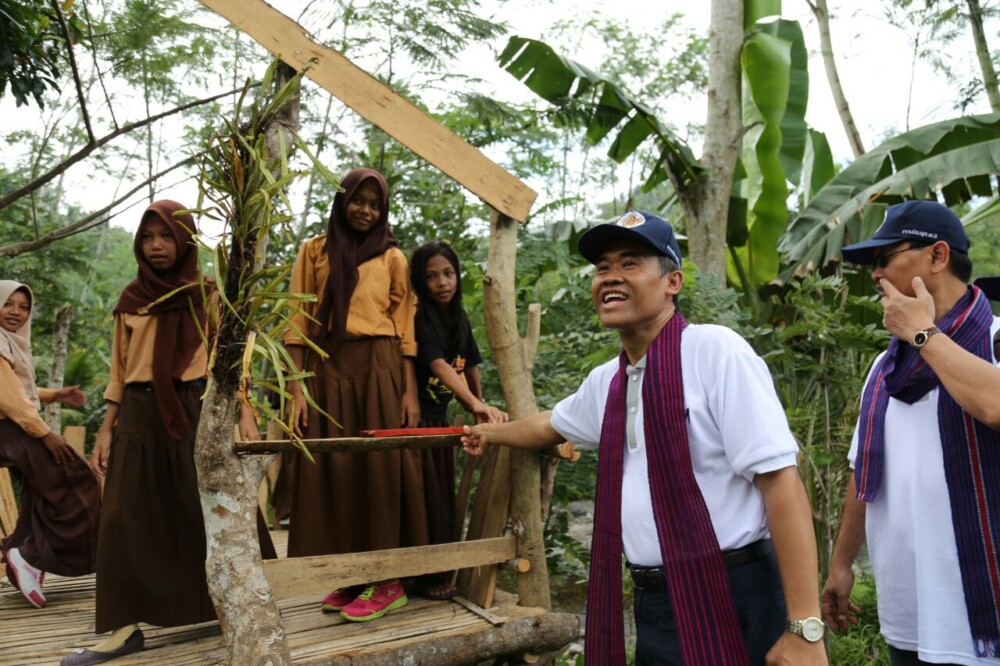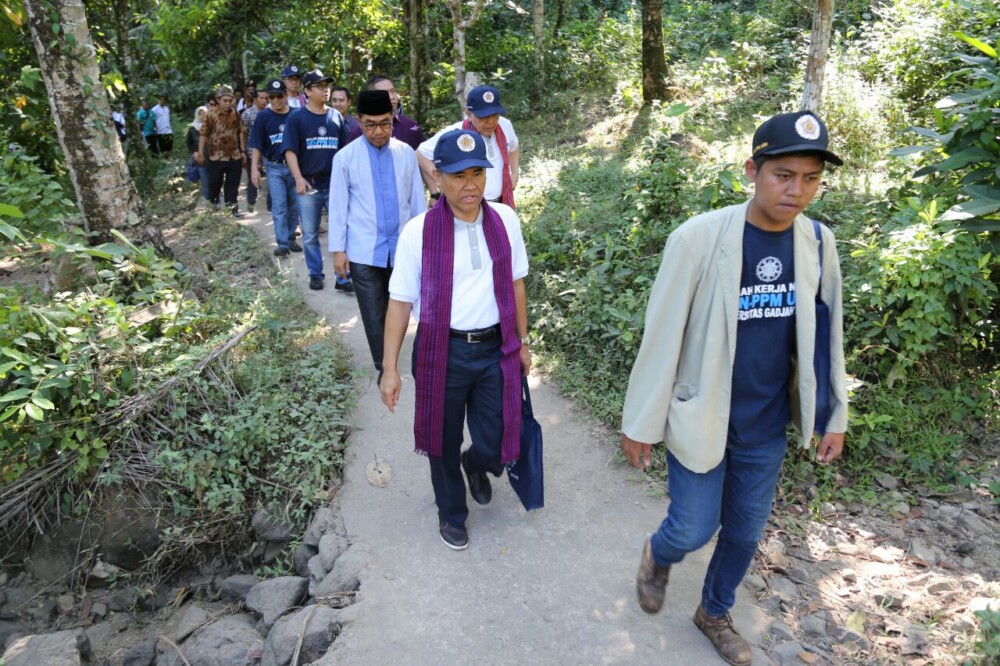In the past few years there have been many method developments of ergonomical risk assessment of exposures on risk of Work Musculoskeletal Disorders (WMSDs). Risks of WMSDs often appear in the upper part of the human body, such as back, neck, shoulder, arm, and wrist. In the lower part it affects the leg when squatting by bending the knees, standing on one leg, and kneeling with both legs touching the floor.
“Musculoskeletal Disorders correspond to occupation and public health. This disorder spreads wide among workers in developing countries,” said Indah Pratiwi in her doctoral promotion at Mechanical Engineering and Industry Department, Faculty of Engineering UGM, Monday (31/7).
According to Indah Pratiwi, Industrial Engineering lecturer at Faculty of Engineering Universitas Muhammadiyah Surakarta (UMS), several methods being used currently have weaknesses, including one that makes posture assesment to be done through several steps and adding of each segment. This method obviously makes assessment unable to be done quickly for hand and leg postures.
Indah Pratiwi said risk of WMSDs often emerges in the process of formation where workers do their job by sitting with the height of the goods equal or lower than 70 centimeter. Hence, the workers often experience tiredness and pain in some body parts that may lead to muscular injuries.
That is why assessment of work posture method that is needed is the assessment that focuses on the hand and leg but that combines several segments that can detect how big is the complaints in some body segments, which is assessment of muscular risk accurately by just seeing the variations of body postures.
“Assessing risk of work posture using surface electromyography (sEMG) can be the choice as alternative to measure and see activities that affect work posture,” she said.
In her dissertation titled Development of Risk Assessment of Musculoskeletal Disorders in Hand and Leg Postures Using Elctromyography Measurement, Case Study of Pottery Workers in Kasongan, Bantul, Yogyakarta, Indah Pratiwi concluded that the assessment result of muscular risk using sEMG is slightly different from the measurement of risk assessment of work posture using RULA, REBA, LUBA, and OWAS methods. This is because the measurement and value range are different.
It is concluded that sEMG measurement result in hand and leg postures between male and female there are differences in each of the muscles and the risk value of muscles in male is higher than in female. The measurement result is more accurate as it is done directly on the muscular activities that are at work.
“Although data provision takes time, but scoring can be done faster,” said Indah Pratiwi.
She further said muscular risk assessment still needed further development by making adjustments to the worker’s postural condition. The workers are expected to do their job by using tools that are suitable to their movement so as to minimise muscular risk.
“This research is expected to give input to processing industrial workers related to hand and leg postures. This ought to be of concern to minimise postural deviations that can risk the muscles and MSDs,” she concluded.



